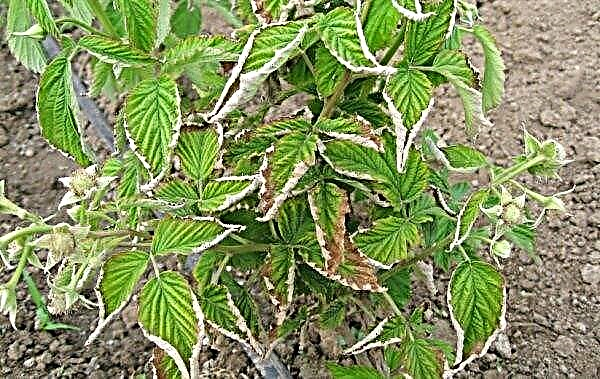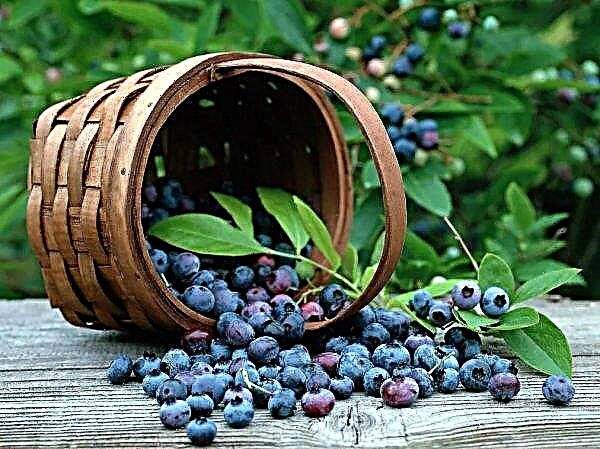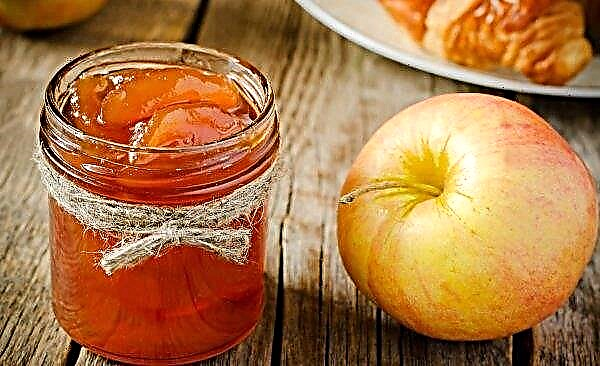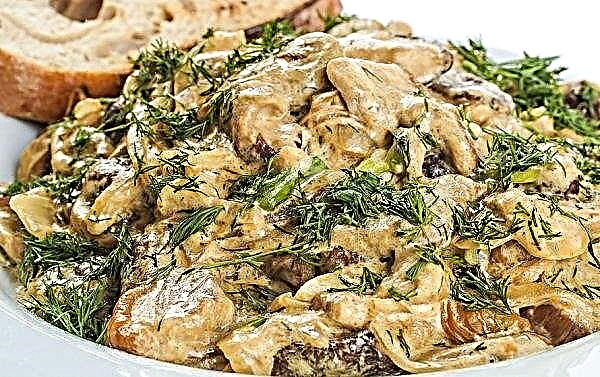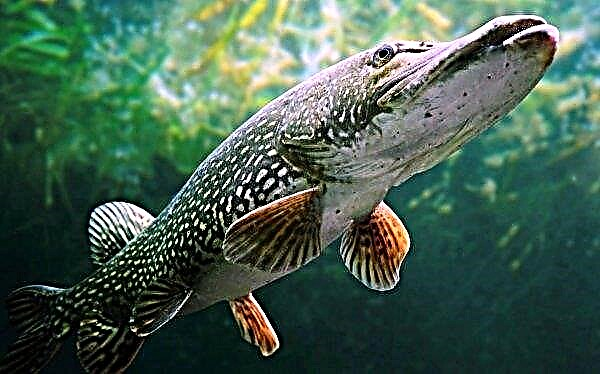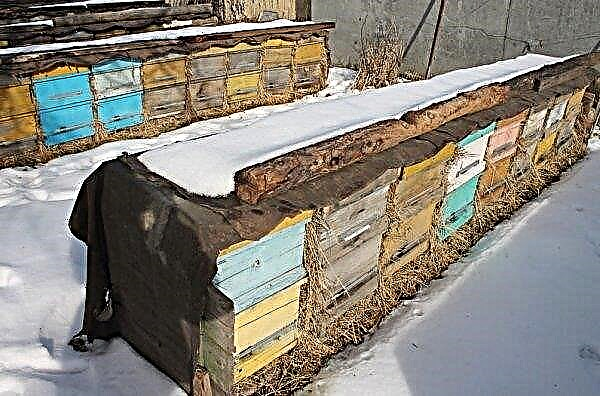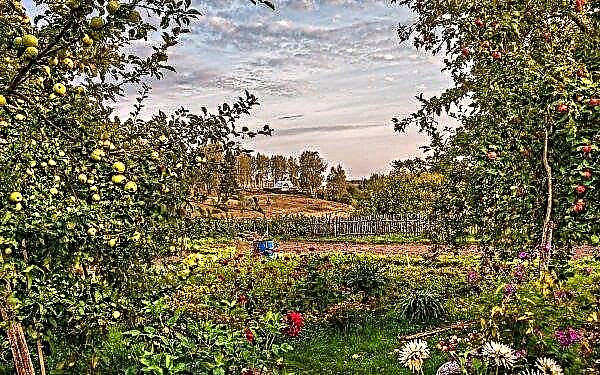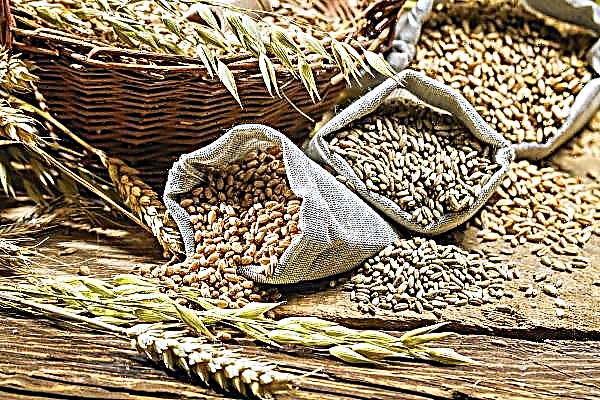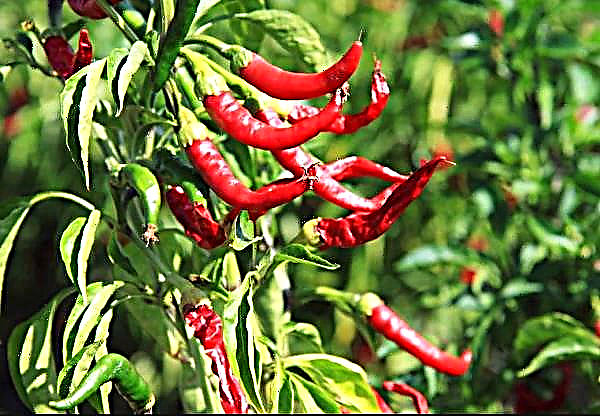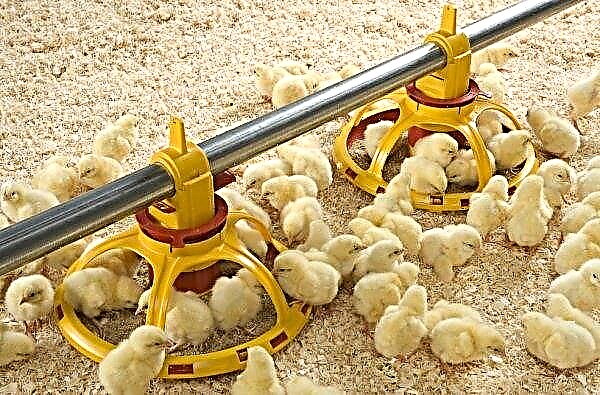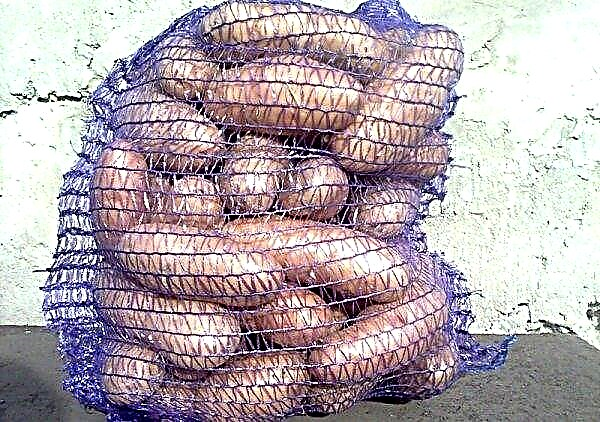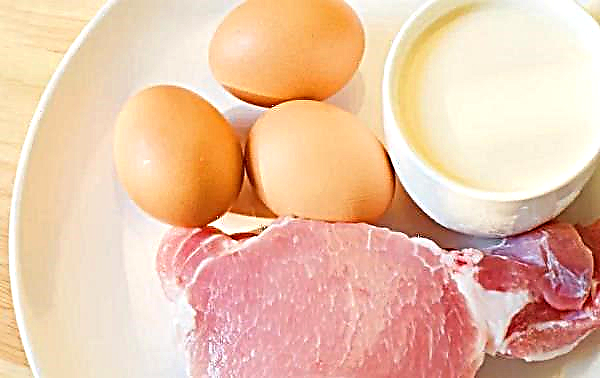One of the dangerous pests that eat pepper is slugs. They quickly replenish their numbers with increasing humidity and can destroy most of the crop in a matter of days. About the features of this pest, the reasons for its appearance and ways to combat it, read below.
Pest Description
Pepper slug is a land gastropod mollusk.
His body is divided into 3 parts:
- head;
- mantle covered body;
- leg.
The pest has an elongated body, slightly flattened from top to bottom. The length of the body is from 2 mm to 20 cm, depending on the variety. The head is clearly separated and moves well up and down. There are 2 pairs of tentacles on it: the upper pair is slightly longer than the lower. On them are receptors responsible for the sense of smell, touch and taste, vision.
In front of the lower tentacles is the oral cavity, with the help of which the slug is attached to the plant tissue and draws the juice. In the oral cavity there is a jaw with a chitinous edge and a tongue with many teeth. In the process of food absorption, the slug frays it with these cloves, leaving characteristic traces on the plants.
Important! Some slug species are intermediate hosts of helminths that infect poultry. In this regard, you should not use guinea fowl and chickens to eliminate slugs from pepper.
Right behind the head is a mantle that resembles a convex collar in structure. There is a lung in it, and a breathing hole is located on the side. Directly next to the collar is the anus.
The leg is designed for movement. The skin of the mollusk is thin, has a loose structure and secrete a large amount of mucilage, which helps it move freely and protects the fragile body from overheating. Pests are usually painted in bright, protective colors that repel birds and insects that could harm them.
The main color variations:
- sand;
- brown;
- gray
- brown;
- brown with white and black dots.
Land mollusks are hermaphrodites, and accordingly have a male and female reproductive system. But 2 individuals are involved in fertilization. They find each other by smell, and then exchange seminal fluid. After that, each individual lays 20-30 small translucent eggs in the soil with high humidity to a depth of 3 cm.
Offspring hatch in 2-3 weeks. From the moment of birth to puberty, 1.5 months pass. Over the entire season, each individual can lay about 500 eggs.
Due to the fact that the slug does not have a protective shell, its life expectancy largely depends on weather conditions. Most of all they like to settle on bushes with too dense foliage. In addition, for the development of the pest, high humidity is required and the air temperature is not higher than +15 ... + 19 ° C: this leads to a nocturnal lifestyle. In the afternoon, it is unlikely to see such a pest on the leaves of plants, since at that time it often hides in the upper soil layer or in the most secluded corner of the bush, where the sun does not reach. If the mollusk is in danger, it quickly draws in the tentacles and folds into a tight lump.
Most often, adults die at the end of the season after the last oviposition. Less commonly, individuals who do not have time to lay eggs in the fall, winter in the soil, and in the spring they complete their life cycle.
Did you know? Slugs can determine the direction of the wind. The mollusk always creeps in the opposite direction from the air flow to protect its skin from drying out.
Signs and causes
Slugs can get on a personal plot along with infected plants. In the wild, the land mollusk is not a pest, but supports the ecological balance in forest and field communities. Nevertheless, the slug is willingly moving from wild to cultivated plants and has already mastered more than 150 species.
After penetrating the infield, far from always infection is massive, especially if there are no conditions conducive to the active reproduction of the slug. In this case, it will be much easier to cope with it.
Mass infection with slugs is observed in the presence of favorable conditions for their reproduction:
- rainy spring;
- cool rainy summers;
- long warm autumn with high humidity;
- mild winter.
The main signs of the appearance of slugs:
- characteristic traces on the leaves and fruits, resembling an even cut with a sharp knife or even through holes;
- traces of mucus on the fruits and leaves, which, drying out under the sun, become whitish;
- the appearance of a fungal infection (slugs can be carriers of the fungus);
- the appearance of rot as a result of clogging the pores of the plant with mucus.

What to do and how to get rid of slugs on pepper?
Depending on the number of slugs, the question is considered how to process the pepper bushes from these pests. The fight against a small number of them is carried out with the help of agricultural activities. To treat plants and consolidate the effect of these measures, you can spray the bushes with solutions selected in folk recipes. For a large livestock, chemical protection is suitable.
Manual collection
Slugs predominantly lead a nocturnal way of life, therefore manual collection involves the use of traps and various tricks that impede the movement of the pest through the territory.
Beer will attract land mollusks: in the evening they need to water the soil near the plants and spray the bushes. In the morning, while the sun did not rise too high, you can begin to collect pests manually.
After collecting the slugs, loosening is necessary. Adult individuals and larvae are usually no deeper than 3 cm in the soil, so it will be enough to loosen it by 7 cm. Watering should be canceled for a week, and the soil and plants should be dusted with wood ash. If there are signs of fungal diseases, it is better to add 20% of Fundazole to the ash. Alternatively, superphosphate fertilizer can also be used. Apply superphosphate in dry form, dusting the ground and plants. Fertilizer consumption per 1 m² - 40 mg.Chemical treatment
In the fight against slugs, preparations based on metaldehyde have proven themselves well. They are attractive for farmers with low toxicity and safety for the ecosystem of beds (earthworms, bees, ladybugs).
This group of funds includes:
- "Storm" - has a contact-intestinal effect. The death of slugs occurs within 2 hours after the penetration of the drug into the body. The substance is dusted with all the necessary area at the rate of 15 g / 5 m². The protective properties of the product are preserved after precipitation.
- Slug Eater - contact intestinal preparation. The granules of the drug are dispersed in the area at the rate of 30 g / 10 m². The product is not toxic, but it is prohibited to process more than 1 time per season.
In addition to metaldehyde, copper-based preparations are suitable. In this regard, copper sulfate and Bordeaux liquid are good. To eliminate pests, solutions of 3% concentration of 0.5 l / m² are used.Important! When spraying solutions or scattering powder insecticides, it is necessary to use a protective mask and glasses.
With the help of folk remedies
Effective in the fight against land mollusks are burning substances:
- pepper;
- dried garlic, powdered;
- mustard powder.
Such substances are scattered along the entire perimeter of the aisles on specially formed shafts with a height of 5 cm.
In the rows of pepper you can sow parsley. This move will scare away pests and get juicy greens.
Slimes will not taste coffee slurry, merged into aisles. But the most effective way is to treat plants and aisles with tobacco dust. After contact with tobacco dust, slugs die in a few hours.

Preventive measures
Prevention of the spread of slugs is to perform basic agricultural activities:
- deep plowing of the garden at the stages of soil preparation in autumn and spring (20 cm);
- loosening of the soil after each irrigation and precipitation throughout the growing season to a depth of 5-7 cm;
- preventive soil treatment with copper sulfate at the preparation stages in autumn and spring;
- use as a fertilizer dry ash 1-2 times a season;
- moderate watering;
- planting new plants in a permanent place only after careful processing.
Did you know? Arion slugs eat not only plant foods and organic matter in the soil: they penetrate the nests of small birds located at a height of no more than 80 cm and eat the chicks.
Slugs are land mollusks that eat garden crops. The main task of the farmer is to create conditions on the site that will not be suitable for their reproduction. In this case, even getting to the site, pests will immediately die.

